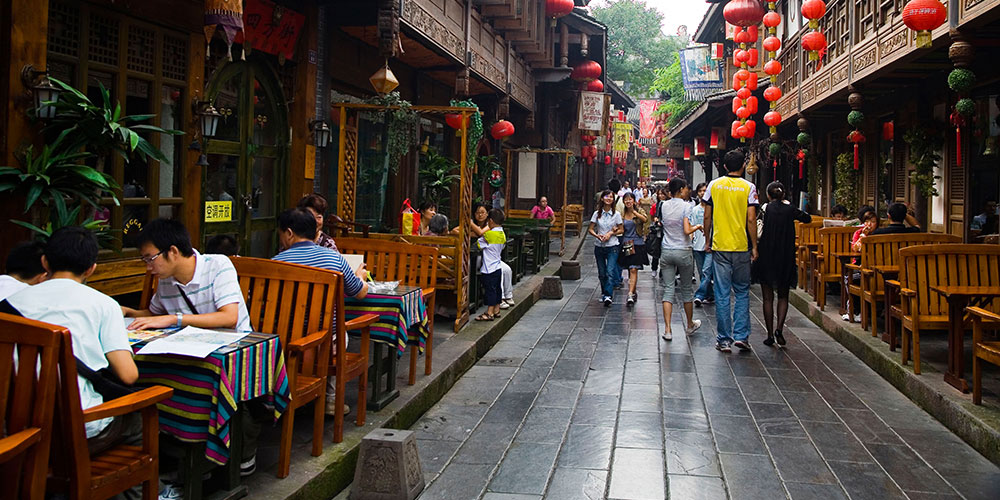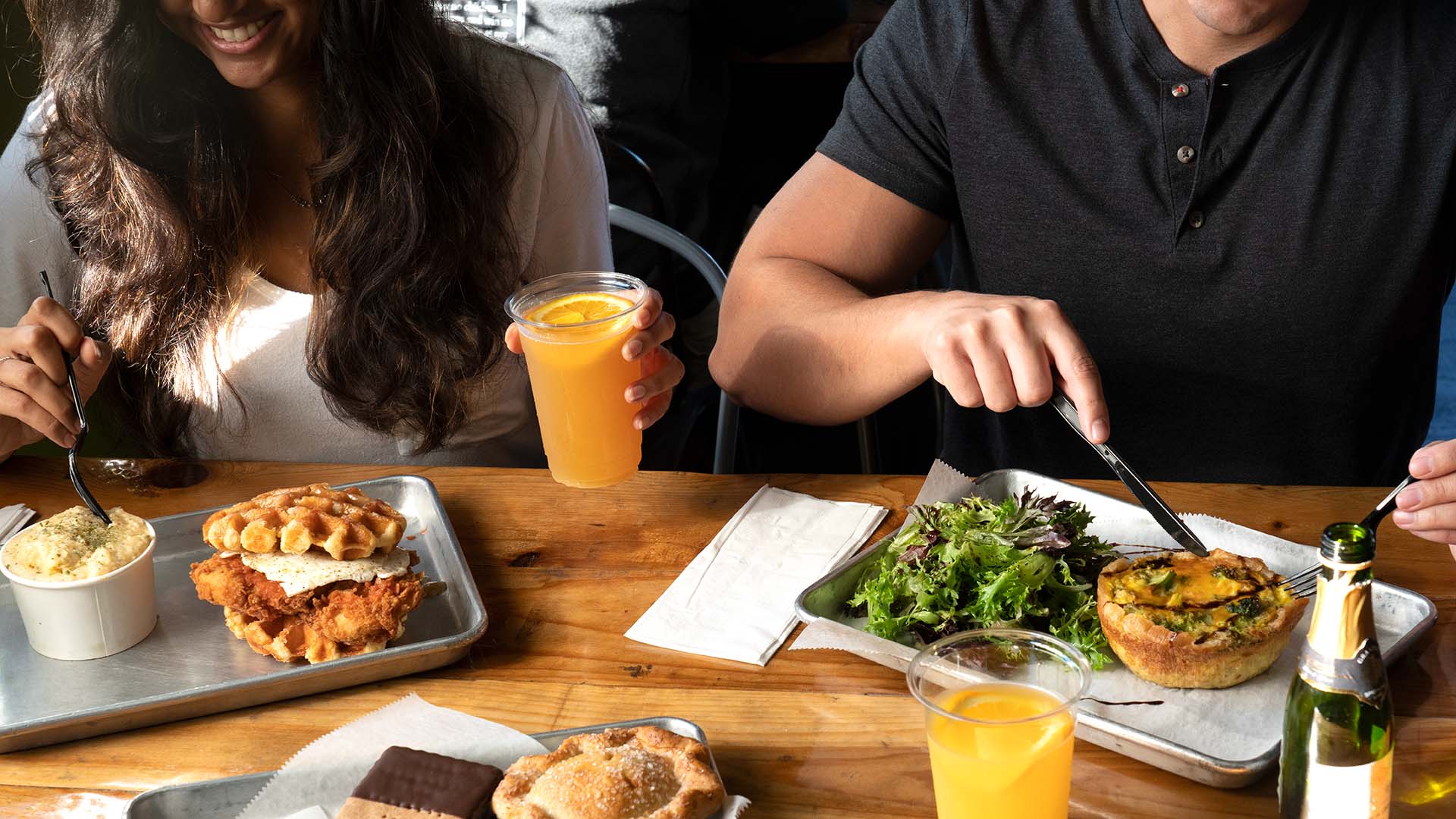
Navigate your way to a better understanding of traditional Chinese food. (Photo: Henry Westheim Photography / Alamy)
Eat + DrinkHungry in China? Eat Authentic With This Foodie Survival Guide
By Annie SrsenIgnore what you know about sweet and sour chicken and little white takeout boxes. Much of the “Chinese” food made popular by restaurants and mall food courts around the world is a distant, third-cousin to the real cuisine. When you’re planning your China excursion, make eating local foods a focal point on your itinerary.
Your hotel might have a restaurant serving local flavors and familiar cuisines, but be adventurous. Step outside the box. Embrace your China travel escape and immerse your taste buds in new, exotic foods.
Common Menu Translations
Before you travel to China, review these menu translations so you know exactly what you’re ordering:
Subgum – Subgum literally means “numerous or varied” in Cantonese. This dish can include a mixture of several ingredients, depending on the restaurant. However, it typically means a mixture of vegetables that includes peppers, water chestnuts and mushrooms. Subgum also has one or more varieties of meats and/or seafood and is accompanied by soup, noodles or rice. In the inland city of Xi’an, Yue Zhen Xuan restaurant has earned a reputation for authentic Cantonese cuisine. In Guangzhou, you may even find traditional Cantonese in your hotel’s restaurant.
Kung Pao – Originating in the Sichuan Province of Central-Western China, this dish is stir-fried, or occasionally deep-fried, and served in a spicy hot sauce with peanuts, chili peppers and other spices. Kun Pao is most commonly prepared with chicken, but can be made with any type of meat, seafood or vegetables. The Yiyuan Restaurant in Guìlín is a great place to try Sichuan-style cooking.
Yang Chow – When you see Yang Chow mentioned, it usually describes a fried rice dish. The style is named after the east-central city of Yangchow, China. The ingredients vary, but the staple items are cooked rice, barbecued pork (char siu), cooked shrimp, scallions and egg yolks. The most essential ingredient is the Chinese barbecued pork that gives the dish its distinctive sweet flavor.
Moo Shu – A typical dish from Northern China, Moo Shu is a stir-fried dish including a choice of meat, scallions, tiger lily buds, wood ear mushrooms and seasonings. The mixture of ingredients is then served with several steamed, thin Mandarin-style pancakes and hoisin sauce. Once wrapped in the pancake, the dish is eaten by hand in the manner of a soft taco.







